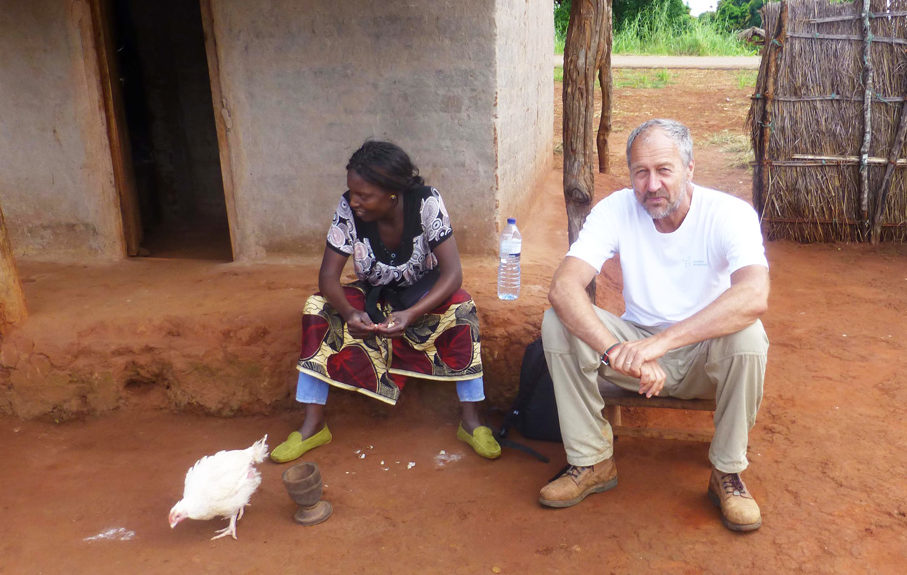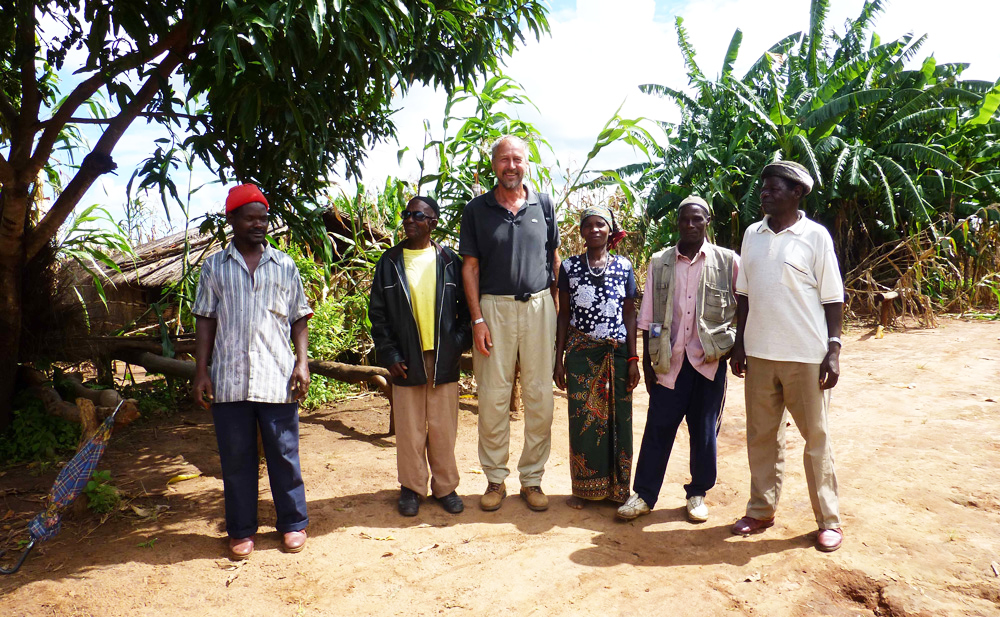Secure tenure to land and other natural resources is increasingly recognized as a key development factor, not least in Africa where approximately 90 percent of all land is still unregistered.
At the same time there has been a rethinking of approaches for securing local tenure rights in practice. Experience has shown that the conventional approach as individual freehold titling, has often not worked well in areas with predominantly communal forms of customary tenure, a common arrangement in most parts of rural sub-Saharan Africa. This has led to an interest in “community-based” approach to tenure formalization, according to community holds the rights to own or manage land and other natural resources as a collective landholding unit.
But how does it work in practice, what are the strengths and weaknesses compared to other approaches and who gains and who loses with the community in focus? Few studies exists on pros and cons of the implementation of this approach in practice, but this emerging research field is now gaining attention from research, policy and implementing organizations.

For the past couple of years Lasse Krantz, who has long work and research experience in development and land tenure issues, has been conducting a research study in Mozambique to close some of the knowledge gaps around the implementation of a community-based approach to tenure formalization. His curiosity to learn from realities on the ground and to see how policy translates into practice led him to undertake this in depth case-study, which forms part of a larger research project.
Mozambique is one of the countries which has adopted community-based approach to tenure formalization in its land policy and legislation. In this interview, Lasse Krantz shares some of the key findings from a case study in the Niassa province in Northern Mozambique that has resulted in a recently published working paper. He analyses the outcomes of the land tenure reform in practice, based on field research conducted in three consecutive periods of approximately one month each between March 2015 and April 2016.

Q: How did you conduct the field research for this new report on community-based tenure formalization?
LK: In the field work I focused on five communities in central Niassa. The field team consisted of myself and Silvia Manquene from the local NGO Oram. We collected our data primarily through interviews with key informants, such as local leaders and focus groups with ordinary male and female community members. I spoke Portuguese and local people answered in Yao with Silvia translating. She also facilitated special group interviews with women. To get complementary information and viewpoints we further interviewed representatives of district and provincial government agencies, farmer organizations and commercial investors active in the region.
Q: Based on your long experience with tenure rights and reforms and the findings in this study, what advantages do you see with the “community-based” approach?
LK: Firstly, the formalization of community lands as collective holdings makes it possible to cover quite extensive areas and populations in a relatively short period of time and at a limited cost. In other words, it is a cost-effective way of providing local rural people with some basic tenure security over their customary territories, which is especially important in today’s escalating global competition for land. It is also comprehensive in the sense that it allows the formalization of both individually held farm land and common resources such as forests under one and the same tenure regime. Another advantage is that it builds on already established and culturally legitimate land allocation and governance practices at the local level.
Q: What were the major challenges with the approach identified in the case-study in Mozambique?
LK: Communities were usually defined on the basis of territories of traditional leaders, resulting in sometimes quite large and socially heterogeneous units with possible complications for their management. Another consequence of this practice was that these units are usually led and represented by hereditary traditional chiefs, which is questionable from an equality and democratic point of view. Another shortcoming is that community-based approaches do not resolve previously existing inequalities in customary landholding status that, above all, affect women and immigrants.
Q: What core issues do you think require more attention from researchers in relation to the implementation of the community-based approach?
LK: Niassa, where this study took place, is a relatively sparsely populated region with an abundance of land and forest resources. It is also an area where customary communal tenure relations and the traditional socio-political structure are still relatively strong. In a sense, it could be said that in Niassa both of these features facilitated adoption of community-based approach to tenure formalization. Hence, it would be interesting to undertake a similar study in a more densely populated area with a more intensive land-use system, where land tenure relations are more individualized and the traditional socio-political structure is weaker. Through such comparative research it might be possible to arrive at some more general conclusions regarding the applicability of the approach.

Q: What should policy makers need to know to better realize the development potential of community-based approaches?
LK: There is a tendency to take the notion of “community” for granted and without sufficient attention to the existence of internal inequality and power in customary tenure regimes. The question of how to ensure a democratic and equal governance of land within the community is crucial. Furthermore, formalizing rights to land and other resources is just the first step. This needs to be followed-up with development support of various kinds to enable community members to utilize their newly acquired formal land rights, something which unfortunately is often overlooked by policy makers when planning this type of tenure reforms.
Some of the challenges brought up by this new report, such as the diversity within communities and ways to work with it, were discussed at the Development Research Conference: Rethinking Development held in Gothenburg in August 2018. A summary of the session can be found in SIANI news.
About Lasse Krantz – a true land tenure expert
In parallel to his research endeavour in Mozambique Lasse Krantz has led the Land Rights Research Initiative (LARRI) at the University of Gothenburg that he initiated in 2012 to serve as a platform for broad dialogue on land right issues in the context of global change. The initiative has benefited greatly from the rich international network of land rights experts that Lasse Krantz has gained during his work life, e.g. during his 12 years as a senior advisor to the Swedish development agency, Sida, before joining the University of Gothenburg in 2012 as a visiting research fellow. Those who have met him can testify to his deep devotion to the importance of secure tenure for low-income rural communities around the world.
More readings by Lasse Krantz:
Prior to conducting the case study in Mozambique, that this Q&A focused on, Lasse Krantz wrote a working paper in Human Geography that provides an overview of the recent development in new approaches to land tenure reform to secure customary land rights in Sub-Saharan Africa, access it here.
